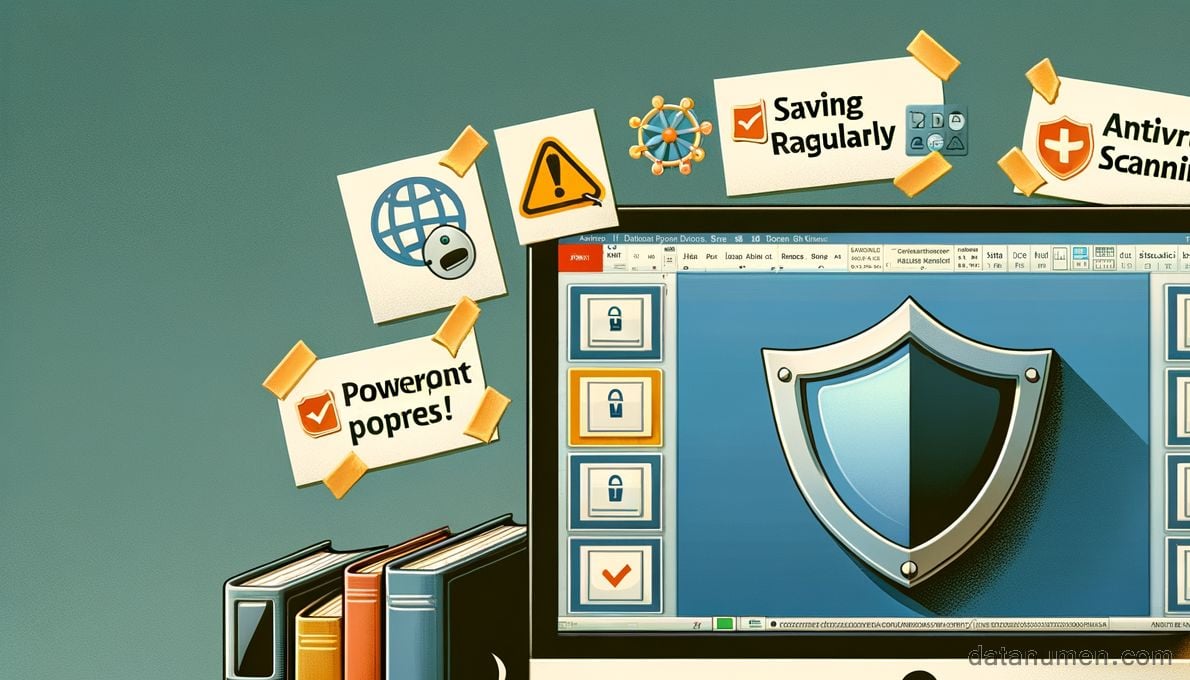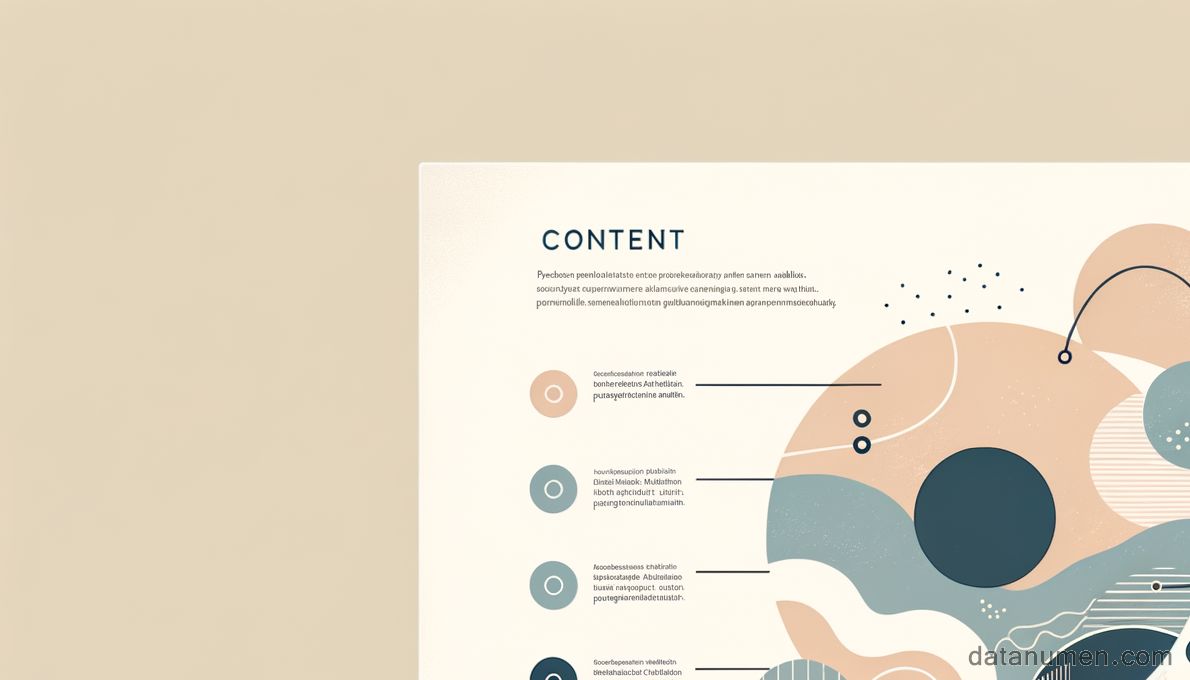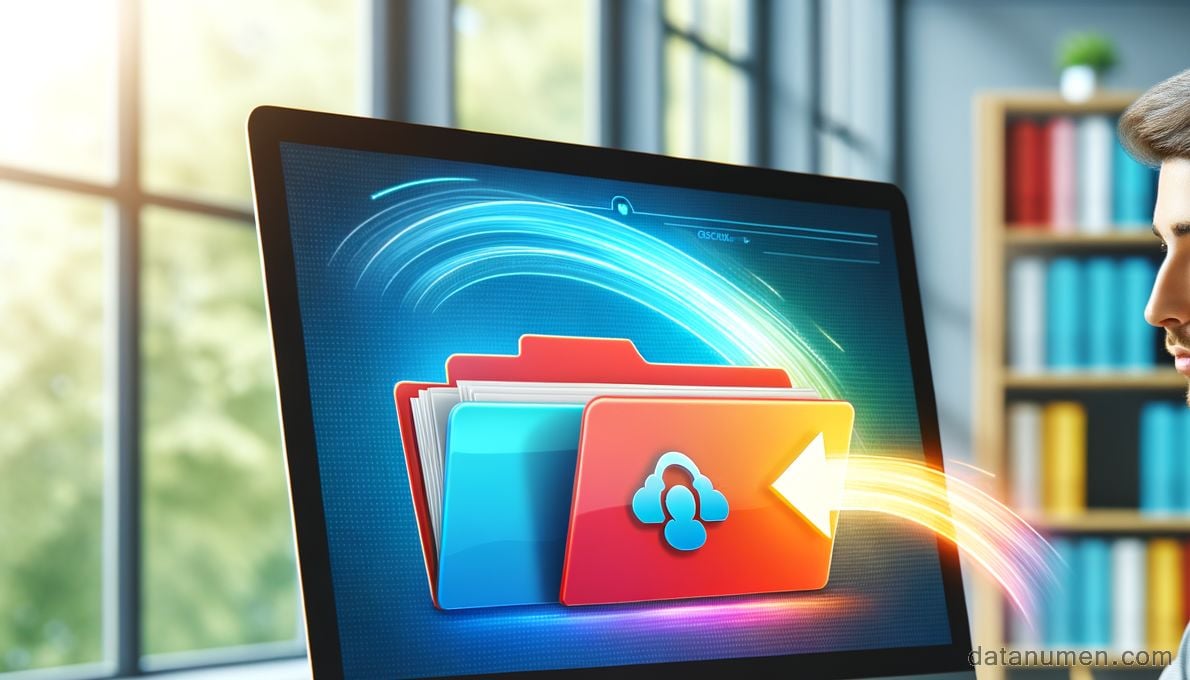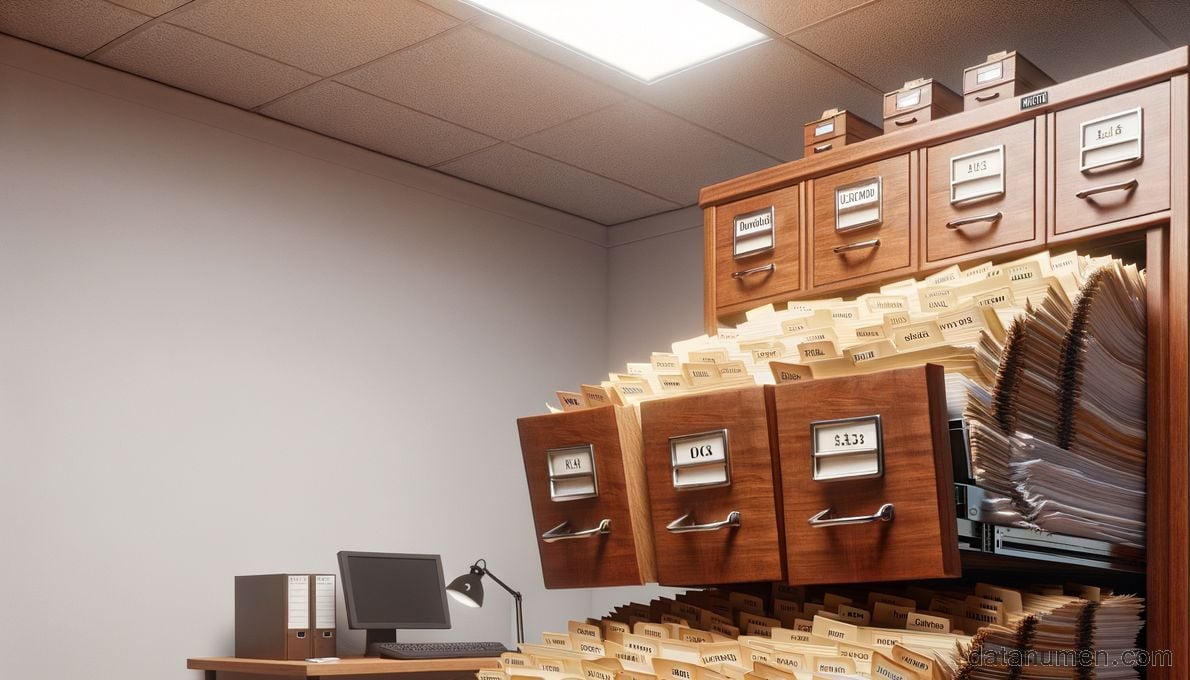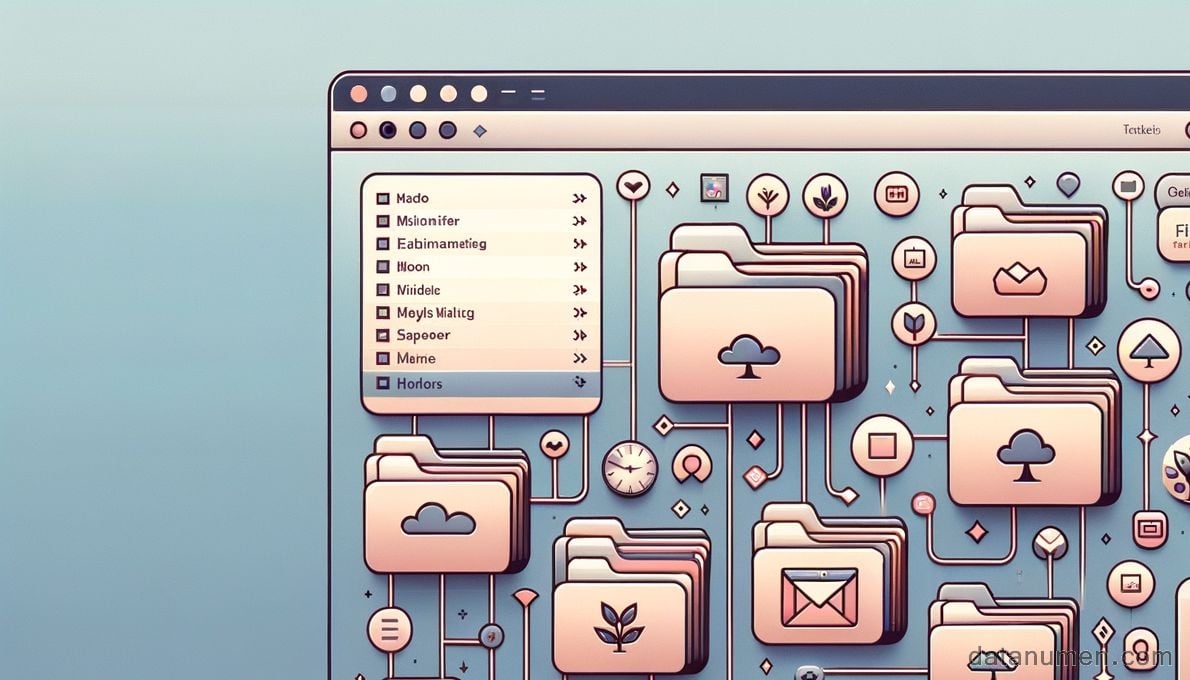Learn 17 best tips to prevent PowerPoint file corruption. Save time and avoid frustration with these essential file management practices.
Lost hours of work because your PowerPoint presentation wouldn’t open?
That heart-sinking moment hits everyone – your significant presentation file appears corrupted right before an important meeting. PowerPoint file corruption doesn’t just frustrate you – it wastes your valuable time and effort. Your professional reputation might take a hit too.
Here’s some good news. You can prevent most PowerPoint file corruption issues. A detailed list of practical tips will help keep your files safe and available. These tips work to protect your future presentations.
With these tips, you can prevent most of the corruption. However, there are still cases that your file is corrupted. At that time, you can use a powerful MS PowerPoint recovery tool to recover the corrupted files:
1. Do NOT Use Non-standard Templates
PowerPoint files often get corrupted because people use non-standard templates. Templates might look like a time-saver, but they can wreak havoc on your file’s integrity. Let me explain why you should be careful with templates and what you can do about it:
- Size Matters: Professional templates usually pack more than 100 different slide layouts, stock images, and complex formatting. This is a big deal as it means that files over 50MB become unstable and might corrupt at any moment.
- Unnecessary Bloat: You’ll probably use just a small portion of the layouts and content. The file structure becomes unstable when you remove unused elements, which raises the risk of corruption.
- Quality Issues: Non-standard templates typically contain low-quality graphics and problematic formatting. These can trigger file corruption unexpectedly.
- Compatibility Problems: Templates from sketchy sources might not work well with your PowerPoint version. This leads to system errors and possible corruption.
Here’s what we suggest instead:
- Start with PowerPoint’s built-in templates
- Build your own simple custom templates
- Stick to basic layouts and formatting options
- Stay away from unverified template sources
Note that templates might save you time at first, but fixing a corrupted PowerPoint file takes nowhere near as much time and causes much more stress later.
2. Do NOT Copy Objects or Formattings from Another File
Copying and pasting between PowerPoint files looks like a quick fix, but it ranks among the top reasons for file corruption. Let’s look at some ways to keep your presentations safe.
These guidelines will help you copy content safely:
- Use “Text Only” Copying: The “Text Only” option is your best friend when moving text between presentations. This strips away problematic formatting that might corrupt your file.
- Handle Objects Individually: Moving slide objects one at a time makes more sense when rebuilding slides from old presentations. This step reduces the chance of corrupted elements sneaking in.
- Be Cautious with Groups: Grouped objects tend to create extra space around them. It’s better to ungroup objects before copying to prevent formatting issues.
- Watch Theme Conflicts: Different themes can clash when you copy slides between presentations. The “Use Destination Theme” option helps maintain consistent formatting when pasting.
- Avoid Direct Formatting Transfer: Complex formatting from old presentations often causes problems. Building the formatting fresh in your new presentation takes extra time but protects your file from corruption.
These precautions might seem tedious at first, but they can save you countless hours of fixing corrupted PowerPoint files later.
3. Prevent Too Large File Size
PowerPoint files can become a disaster waiting to happen when they grow too large, particularly if you share presentations online or work with team members. Many users have experienced crashes, sluggish performance, and corrupted files due to oversized presentations.
These proven strategies will help you keep your PowerPoint files compact and corruption-free:
- Compress Images Properly
- Select “Compress Pictures” from Picture Format tab
- Choose “Use default resolution” under Resolution
- Enable “Delete cropped areas of pictures”
- Manage Media Content
- Compress audio and video files before you import them
- Convert high-resolution media to web-friendly formats
- Delete any unused multimedia elements
- Control Font Usage
- Embed only the characters you use in the presentation
- Skip embedding complete font families
- Stick to system fonts whenever possible
- Break Up Large Files
- Divide long presentations into smaller, organized files
- Keep each file under 1GB to work smoothly on SharePoint
- Save as PDF when sharing makes sense
Note that PowerPoint lacks a strict file size limit, but experience shows files larger than 1GB become unstable, especially during team collaboration. These size reduction techniques will substantially lower your risk of file corruption and help maintain your presentation’s quality.
4. Be Careful with Add-ins
PowerPoint add-ins boost presentation capabilities but can corrupt files if you don’t manage them properly. Many users have reported corrupted PowerPoint files due to problematic add-ins.
Here’s everything you need to know about managing PowerPoint add-ins safely:
- Trust Verification: Make sure your add-ins come from trusted publishers with valid signatures. Unsigned add-ins create security risks and might corrupt your PowerPoint files.
- Selective Installation: Download add-ins only from Microsoft AppSource or verified sources. Unknown third-party add-ins could damage your file integrity.
- Regular Maintenance: Start troubleshooting corrupted PowerPoint files by disabling all add-ins. Enable them one at a time to find the problematic ones.
- Conflict Prevention: Multiple add-ins running together often cause conflicts. Keep active only the add-ins you need during work sessions.
- Security Settings: Your PowerPoint files get extra protection when you enable “Require Application Add-ins to be signed by Trusted Publisher” in the Trust Center.
Note that add-ins operate in a sandbox environment with limited access, but they can still affect file stability. Users who face frequent PowerPoint file corruption should review their installed add-ins and remove suspicious or unnecessary ones.
5. Close PowerPoint before Shutting Your Computer
Significant shutdown procedures prevent PowerPoint file corruption. Many users have experienced devastating file system errors by simply pulling the plug or forcing a shutdown.
These guidelines will help you safely close PowerPoint:
- Save Frequently: Make it a habit to press CTRL+S regularly, especially before closing the lid or stepping away from your computer.
- Close Files Properly: Your computer needs all PowerPoint files properly closed and saved before shutdown.
- Check Running Processes: Make sure PowerPoint isn’t running in the background before you start system shutdown.
- Follow System Procedures: The proper Windows shutdown procedure works better than forcing power off.
An unexpected shutdown or power interruption requires a system check (chkdsk) to verify file system integrity. This step can prevent PowerPoint file corruption and help recover damaged files.
Restarting Windows might seem inconvenient, but it’s nowhere near as problematic as losing hours of work to file corruption. Taking extra time to shut down properly protects your valuable presentation files.
6. Use a Reliable Power Supply
A stable power supply serves as the foundation to protect PowerPoint files from corruption. The power supply acts like a heart that pumps blood through our body by delivering vital energy to the computer system, which directly affects file integrity.
These steps help protect PowerPoint files through proper power management:
- Quality Power Supply Unit (PSU)
- Choose a PSU with 85% or higher efficiency rating
- Ensure adequate wattage for your system
- Select reputable brands with quality components
Use Surge Protector for Power Spikes
Surge protectors provide the first line of defense against power fluctuations. A quality surge protector rated at least 2000 joules helps prevent data corruption. It filters out harmful power spikes that can damage the system while you work on presentations.
Use UPS for Power Outages
An Uninterruptible Power Supply (UPS) acts as an insurance policy against sudden power losses. It offers:
- Temporary backup power (typically 15-30 minutes)
- Time to save files and shut down the system properly
- Protection against data corruption during power outages
- Automatic shutdown capability for unattended systems
A surge protector guards against power spikes, but only a UPS can protect PowerPoint files during complete power failures. Using both devices together provides complete protection against power-related file corruption.
7. Use a Reliable Network when Downloading Files
Network reliability plays a significant role in preventing PowerPoint file corruption during downloads. Unstable connections frequently cause incomplete or corrupted downloads, especially when you have larger presentation files.
These tested guidelines will help you download PowerPoint files safely:
- Verify Network Stability
- Use a wired connection for large presentations
- Avoid downloading on public Wi-Fi networks
- Check your connection speed before starting
- Enable Live Protection
- Keep anti-virus software updated
- Allow security scanning during downloads
- Use trusted download sources only
- Handle Large Files Properly
- Download files one at a time
- Use download managers for bigger presentations
- Think over compression before downloading
- Follow Safe Practices
- Download to a local drive first
- Verify file integrity after download
- Save files before opening them
A stable internet connection must be maintained throughout the download process. Brief connection interruptions can damage PowerPoint files, particularly presentations that contain multimedia elements or complex animations.
8. Do NOT Edit Files On Removable Drives Directly
PowerPoint files stored on removable drives pose one of the biggest risks we’ve seen while working with presentations. Many users discover this at the time their significant presentations become corrupted because they didn’t handle storage properly.
Here’s a tested workflow that helps prevent PowerPoint file corruption on removable drives:
- Copy First, Edit Later
- Transfer files to your local hard drive before you start editing
- Make changes while working from your computer
- Save your completed work to the removable drive only to store or transfer files
- Proper Storage Practices
- We used removable drives to transport files
- Your computer’s main drive should store working files
- Different storage devices should have separate backup copies
- Safe File Management
- Opening presentations directly from USB drives isn’t safe
- Saving files back to removable media during editing creates problems
- Let all save operations finish before you disconnect drives
These guidelines help prevent PowerPoint file corruption and improve your file’s performance and stability. Note that removable drives are great to transport files, but they don’t work well for direct file editing.
9. Safely Remove External Drives after Copying Files
Proper disconnection of external drives after copying PowerPoint files is significant to prevent file corruption. Many presentations get corrupted because of improper drive removal, but our tested protocol helps avoid this problem.
Our proven process ensures external drives remain safe after file transfers:
- Verify Transfer Success
- Open the copied presentation to confirm all slides are intact
- Check that formatting and media elements work correctly
- Close the file completely after verification
- Prepare for Safe Removal
- Close all PowerPoint files on the external drive
- Exit any programs that might be accessing the drive
- Wait a few moments to ensure all write operations are complete
- Follow Safe Removal Steps
- Click the “Safely Remove Hardware and Eject Media” icon
- Select your specific drive from the list
- Wait for the “Safe to Remove Hardware” message
- Only then physically disconnect your drive
A momentary interruption during file operations can corrupt PowerPoint files. These extra precautions are worth taking because recovering corrupted presentations takes nowhere near as much time as following proper removal steps.
10. Keep Enough Disk Spaces
Your PowerPoint files need adequate disk space to prevent corruption. We found that there was a direct link between low storage space and unexpected crashes during presentation editing.
These are the foundations of disk space management:
- Maintain Optimal Free Space
- Your system drive works best when it’s less than 50% full
- Your system volume needs 10-20% free space
- PowerPoint runs smoothly with at least 1GB free space
- Monitor System Health
- Pay attention to low disk space alerts
- Look at available space before opening large presentations
- Use built-in cleanup tools to remove temporary files
- Practice Smart Storage
- Store old presentations on archive drives
- Remove unused PowerPoint temporary files
- Finalize presentations and delete previous versions
PowerPoint works reliably with enough free space for temporary files and system operations. Note that modern hard drives are large, but filling them beyond 80% capacity increases the risk of file corruption by a lot and affects performance.
11. Prevent File System Errors
File system errors can damage PowerPoint presentations without any warning signs. A healthy system is as significant as proper presentation management.
Our systematic approach prevents file system errors:
- Regular System Maintenance
- Run Windows Error Checking tool every three months
- Verify PowerPoint’s trusted locations settings
- Perform online repairs if performance issues occur
- Update Management
- Keep Windows up to date
- Install Office updates right away
- Enable automatic updates for security patches
- Trust Settings Configuration
- Add common network drives to trusted locations
- Configure protected view settings properly
- Review security settings in PowerPoint’s Trust Center
- System Health Monitoring
- Schedule disk checks regularly
- Monitor system performance
- Fix error messages quickly
The Error Checking tool (chkdsk) helps identify and fix potential issues before they corrupt PowerPoint files. Note that you should close all applications before running system maintenance tools to ensure complete scanning and repair.
12. Prevent Hardware Issues
PowerPoint file stability depends heavily on your hardware’s reliability. Our work with thousands of presentations shows that hardware problems often quietly cause PowerPoint file corruption.
- Essential Hardware Considerations
- Check system temperature often
- Keep hardware drivers up to date
- Run hardware diagnostics every three months
- Fix warning signs right away
Use Reliable Storage Devices
Storage device reliability plays a direct role in how stable PowerPoint runs. Here’s what we suggest:
- Pick storage devices with good airflow
- Keep operating temperatures under 50°C
- Get devices with more space than you need
- Look into enterprise-grade storage for important presentations
Do NOT use Malfunctioning RAMs
RAM issues often lead to PowerPoint file corruption. You can keep your RAM working well by:
- Running memory tests regularly
- Using 64-bit PowerPoint to handle memory better
- Setting the right virtual memory size
- Swapping out RAM modules that show problems
Use Compatible Graphics Cards
Your graphics card’s compatibility makes a big difference in how well presentations run. Here’s what you need:
- Check PowerPoint’s basic graphics requirements
- Install drivers approved by manufacturers
- Use dedicated GPUs when working with complex presentations
- Keep an eye on graphics memory usage
Note that software solutions help prevent PowerPoint file corruption, but good hardware creates the foundation for presentations that run smoothly.
13. Prevent Virus and Malware Attacks
Protecting PowerPoint files from malicious software is just as significant as keeping your hardware safe. Virus and malware attacks can corrupt presentation files beyond recovery.
Use Up-to-date AntiVirus Software
Windows Security’s built-in protection serves as our first line of defense against PowerPoint file corruption. Our proven protection strategy works like this:
- Enable Real-time Protection
- Keep Windows Security active
- Allow automatic virus definition updates
- Run weekly system scans
- Enable cloud-delivered protection
Protect Against Data Phishing through Emails
Phishing attacks frequently target presentation files through emails that appear legitimate. Your PowerPoint files stay protected when you:
- Verify Sender Authentication: Check email headers and sender addresses thoroughly
- Avoid Suspicious Downloads: Skip presentation attachments from unknown sources
- Use Smart Screen: Enable Microsoft Defender SmartScreen to block dangerous downloads
- Report Suspicious Activity: Send suspicious emails to IT security teams
Note that scanning downloaded PowerPoint files before opening them, even from trusted sources, is essential. This simple step has prevented countless file corruption issues from malicious software.
14. Prevent Potential Conflicts between PowerPoint and other Software
Software conflicts can quietly damage PowerPoint files, especially if you use different versions or work with team members. We have identified key steps to protect presentations from these conflicts.
These proven strategies will help prevent software-related PowerPoint file corruption:
- Enable Compatibility Mode
- Use compatibility mode with older PowerPoint versions
- This keeps editing functions intact
- Your files stay consistent between PowerPoint versions
- Master Template Management
- Don’t change master templates from older versions
- Make careful adjustments to existing layouts if needed
- This stops template conflicts from corrupting files
- Co-authoring Best Practices
- Keep shared files on OneDrive or SharePoint
- Update to the latest Microsoft 365
- Let non-conflicting changes merge automatically
- Version Control
- Keep important presentations in both current and legacy formats
- Check compatibility before saving to older versions
- Store original files separately from converted ones
- Regular Updates
- Keep all Office apps on the same version
- Update recommended and important fixes right away
- Fix Office installation if issues keep happening
Save your work often while making these changes. Software conflicts can pop up without warning during version changes or team editing sessions.
15. Prevent Multiple Accesses to the Same File Concurrently
PowerPoint presentations face unique challenges with concurrent file access. We found that proper management of simultaneous access helps prevent file corruption, especially in corporate settings.
Prevent Multiple Users from Accessing the Same File Concurrently
These steps help manage PowerPoint files on network drives effectively:
- Enable File Protection
- Use “Protect Presentation” feature
- Mark presentations as final when sharing
- Apply modify passwords to sensitive content
- Implement Access Controls
- Set specific user permissions
- Restrict editing access as needed
- Use “Restricted Access” to protect sensitive files
Prevent Multiple Software from Accessing the Same File Concurrently
Software conflicts can damage PowerPoint files. Here’s how to manage this risk:
- File Access Management
- Close PowerPoint before file operations
- Avoid running multiple Office applications at once
- Let background processes finish
- Safe Collaboration Practices
- Use Microsoft 365 to co-author
- Edit local files sequentially
- Save different copies for various purposes
Note that Microsoft 365 supports co-authoring, but local network drives don’t have this feature. Cloud storage solutions work best when team members need to work on the same presentation together.
16. Backup Regularly
PowerPoint file corruption can be devastating, but regular backups provide the ultimate safety net. Our detailed backup strategy has helped save numerous presentations from being lost forever.
These proven backup strategies consistently protect PowerPoint files:
- Enable AutoSave Feature
- AutoSave remains active when working on cloud storage
- Automatic version history gets created every few minutes
- Previous versions can be recovered quickly if corruption occurs
- Implement Multiple Backup Locations
- Store presentations on local drives
- Sync important files to OneDrive
- Keep offline copies of critical presentations
- Schedule Regular Backups
- Active projects need daily backups
- Completed presentations require weekly backups
- Long-term storage needs monthly archives
- Use Version History
- Create incremental versions with ‘Save As’
- Previous versions should be kept for at least 30 days
- Different versions belong in separate folders
Cloud storage combined with local backups offers the most reliable protection against PowerPoint file corruption. Your backup copies should be verified regularly by opening them to ensure they stay available and uncorrupted.
17. Compress Files before Sending Them via Email
Sending large PowerPoint presentations through email can be challenging, but we’ve become skilled at compression that preserves quality. Here’s our approach to prevent PowerPoint files from getting corrupted when you share them:
- Compress Images First
- Select pictures in your presentation
- Use “Compress Pictures” from Picture Format tab
- Choose “Use default resolution” to balance quality
- Enable “Delete cropped areas of pictures”
- Reduce Font Data
- Embed only characters used in the presentation
- Avoid embedding entire font families
- This reduces file size by a lot while you retain control of readability
- Convert to PDF
- Save your presentation as a PDF to shrink size
- Works best when presentations don’t need editing
- Will give a smooth experience on all devices
- Create ZIP Files
- Use built-in compression tools on Windows or Mac
- Compress multiple presentation files together
- Makes files smaller while keeping original quality
Note that large email attachments can overwhelm inboxes and trigger server limits. Mobile users appreciate smaller files especially when they have storage limits and download restrictions. We suggest using cloud sharing services instead of email attachments for presentations over 20MB.
18. Recover Corrupted PowerPoint Files
PowerPoint files can become corrupted despite our preventive measures. A professional PPT recovery tool helps us recover these valuable presentations during such crisis situations:
19. Conclusion
PowerPoint file corruption can disrupt your work and cause stress. The good news is that you can prevent most problems with proper care and maintenance. This piece covers everything from template selection to file recovery methods.
Here are the proven ways to prevent file corruption:
- Use standard templates and avoid copying between files
- Keep file sizes small and manage add-ins properly
- Shut down your system correctly
- Work with stable power supplies and network connections
- Handle external drives with care
- Leave enough disk space to prevent system errors
- Keep your hardware healthy and secure
- Control file access and back up regularly
These practices might seem like extra work at first, but they will save you from hours of frustration and data loss. Note that prevention works better than recovery for PowerPoint files.
The best approach is to make these practices part of your daily routine. Your presentation work will stay safe from file corruption if you start using these tips today.
References:
Author Introduction:
Vivian Stevens is a data recovery expert in DataNumen, Inc., which is the world leader in data recovery technologies. For more information visit www.datanumen.com
